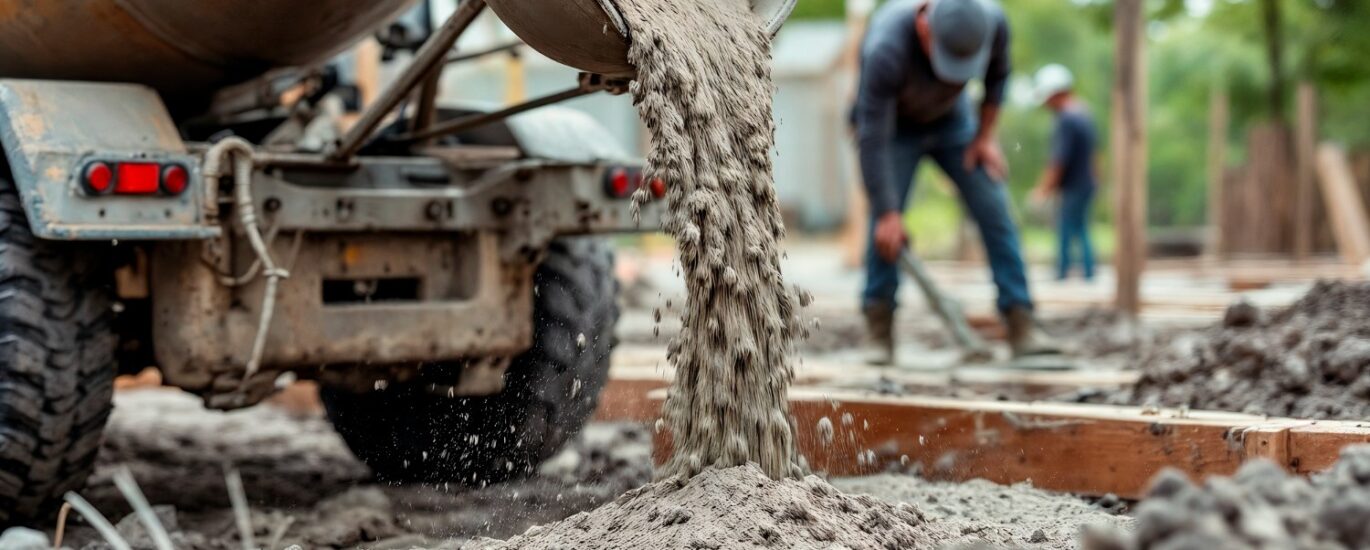Concrete is one of the most essential materials in construction. Whether it’s building homes, bridges, roads, or commercial buildings, concrete provides strength and durability. But have you ever wondered how construction sites get such a consistent and reliable supply of concrete? The answer lies in the concrete batching plant.
A concrete batching plant is a facility that mixes all the ingredients needed to make concrete—like cement, water, sand, and aggregates—in the right proportions. This process ensures that the concrete produced is uniform and meets quality standards. Today, concrete batching plants play a vital role in modern construction, helping projects run smoothly and efficiently.
What Is a Concrete Batching Plant?
Before we dive into its role, let’s understand what a concrete batching plant does. It’s essentially a machine or a series of machines that combine raw materials to make concrete. These plants can be stationary or mobile, depending on the project size and location.
The batching plant automatically measures and mixes the components, ensuring the concrete has the right consistency and strength. This automation reduces human error and speeds up production, which is crucial for large construction projects.
Why Are Concrete Batching Plants Important in Construction?
-
Consistency and Quality Control
One of the biggest challenges in construction is making sure the concrete is of consistent quality throughout the project. Manually mixing concrete on-site can lead to uneven mixtures, which affects the strength and durability of the structure.
A concrete batching plant solves this problem by delivering precise mixes every time. The plant’s automated system carefully controls the amount of each ingredient. This leads to concrete that meets the required specifications, ensuring the finished building is safe and strong.
-
Saves Time and Boosts Productivity
Time is money in construction. Waiting for concrete to be mixed manually or delivered late can cause delays. Concrete batching plants allow producers to prepare large batches quickly and efficiently.
They can operate continuously, producing concrete around the clock if needed. This steady supply helps construction teams avoid downtime, keep projects on schedule, and improve overall productivity.
-
Cost Efficiency
Using a concrete batching plant can reduce waste and lower costs. Since the materials are measured accurately, there is less chance of excess or shortage. This precision cuts down on wasted cement, sand, or water. Additionally, bulk buying of raw materials for batching plants is usually cheaper than buying smaller amounts for manual mixing.
Over time, this efficiency translates into significant savings, especially for large projects.
Types of Concrete Batching Plants
There are several types of concrete batching plants used in the industry, each suited for different needs.
- Ready-mix concrete plants: These produce concrete that is transported in mixer trucks to construction sites. It’s ideal for large projects requiring consistent concrete.
- Central mix plants: These mix the concrete completely before transportation, ensuring uniformity.
- Mobile batching plants: Portable units that can be moved between sites, perfect for smaller or remote projects.
Choosing the right type depends on project size, location, and budget.
Final Thoughts
The concrete batching plant is a game-changer in modern construction. It ensures a steady supply of high-quality concrete, saves time and money, and supports safer and greener building practices. As construction projects grow bigger and more complex, the role of these plants becomes even more critical.


